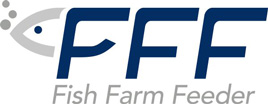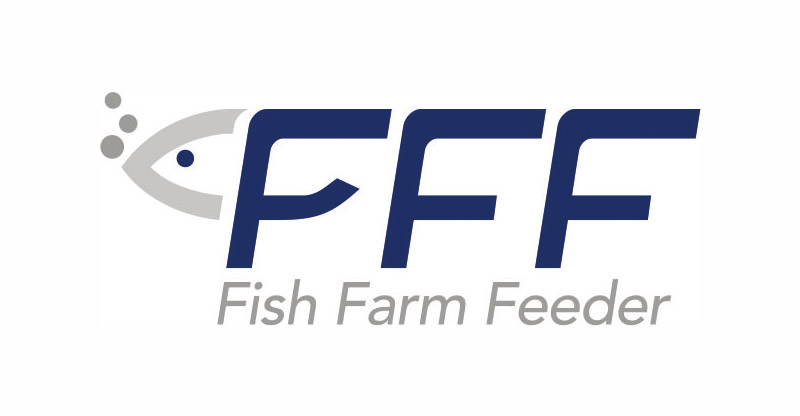Aquaculture, like any other sector, has its own vocabulary. There are various abbreviations used in the aquaculture, but one of the most important is FCR. Below, we break down the advantages of a low FCR and share information on FCR for farmed species.
What is FCR?
The FCR (Feed Conversion Rate) is used to measure the efficiency of feed conversion into the animal body mass. In other words, how many kilograms of feed are needed to obtain one kilogram of fish or shrimp.
It is calculated as follows:
FCR = Given feed / Animal weight gain
Efficient conversion of feed into biomass is the essential feature of a sustainable management of any aquaculture facility.
FCR by farmed species
The FCR varies depending on the species of farmed fish on an aquaculture farm.
FCR by species:
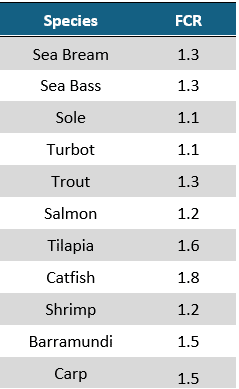
Advantages of low FCR
A low FCR is the indicator of an efficient and sustainable aquaculture farming. On one hand, it reduces production costs, since less feed is requested to produce a desired amount of biomass. On the other hand, it reduces the contaminant load in the system and protects water quality.
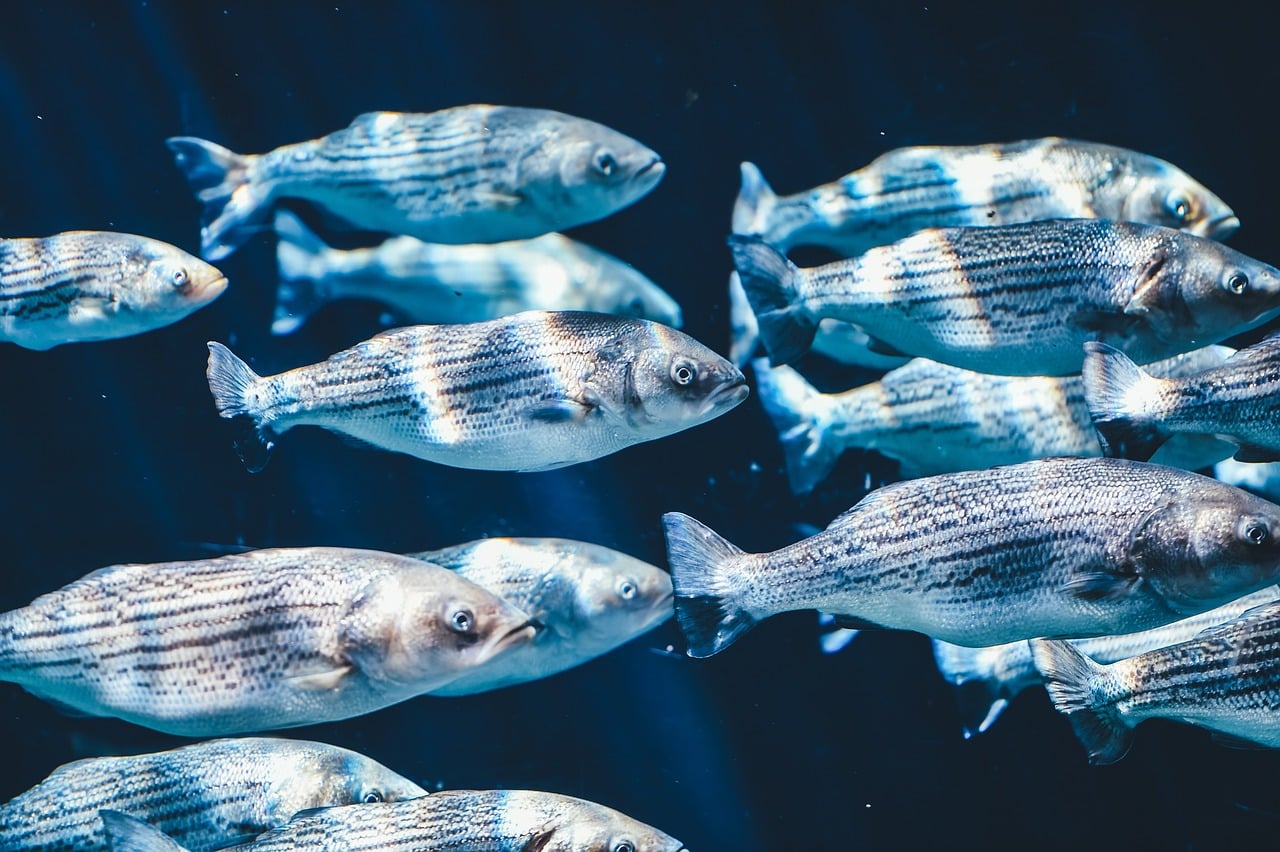
Low FCR contributes to:
>> Less pollution on the farm
- Preventing decomposition of uneaten feed in water
- Preventing eutrophication caused by excess nutrients
- Preventing feed decomposition from consuming dissolved oxygen
>> Reducing pond spoilage on the farm
- Preventing accumulation of uneaten feed on the pond
- Preventing production of gases such as methane and hydrogen sulfide due to the decomposition of organic material
>> Positive impact on fish health
- Preventing contamination of water caused by uneaten feed and its decomposition which could be base for bacteria and pathogens
- Preventing fish from becoming ill or suffering digestive problems
- Preventing fish from contaminated water that can have impact on its growth and well-being
>> Reducing farming costs
- Avoiding the cost of uneaten feed
- Avoiding costs to treat water pollution and lack of oxygen
- Avoiding costs of veterinary treatments
In summary, a low FCR is essential for an efficient and sustainable aquaculture. By reducing the feed needed for obtaining the expected biomass of farming fish or shrimp, it contributes to the environment and the economics of aquaculture production.
How to get low FCR?
One of the ways to lower FCR is to control feed supply. It means correct dosing of an adequate amount of feed and its supply to the pond at the time when the fish should eat. Automated feeders designed for aquaculture and installed on a farm help simplify this control, as well as contribute to further advantages for fish and shrimp farming.
